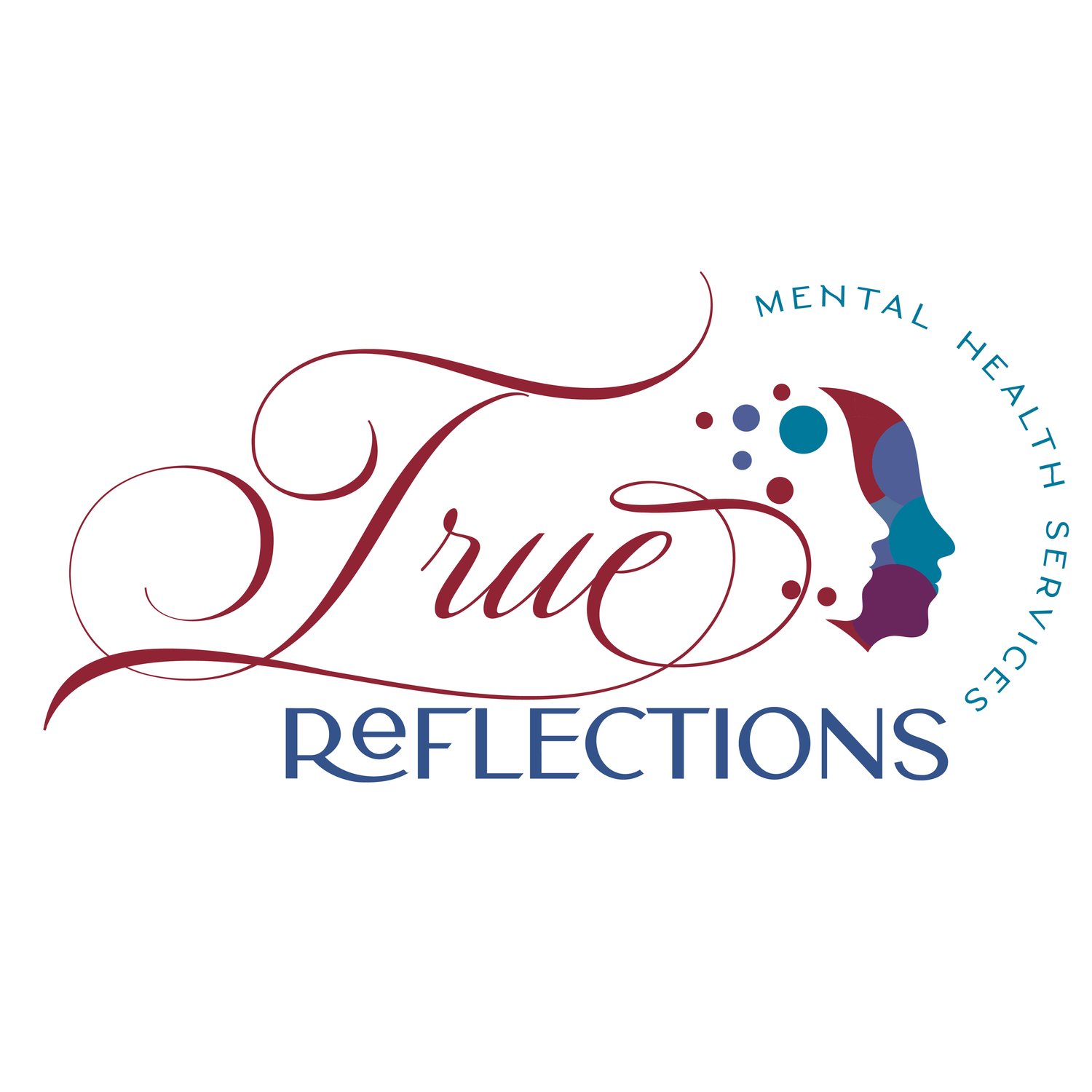The Impact of Technology Use in Children with ADHD
In today's digital age, technology has become an integral part of our lives, shaping how we learn, communicate, and interact. Children are growing up in an environment saturated with screens, from smartphones and tablets to computers and smart TVs. While technology offers numerous benefits, concerns have arisen about its potential impact on children's health, particularly in relation to Attention-Deficit/Hyperactivity Disorder (ADHD).
This blog delves into the complex relationship between technology and ADHD symptoms in children, exploring the positive and negative aspects and strategies to promote positive use of technology.
The Positive Impact of Technology use in Children with ADHD
Educational Apps and Games: Technology has introduced a wide range of educational apps and games designed to engage children and enhance their learning experience. These apps often use interactive elements, gamification, and multimedia to present educational content. For children with ADHD, these tools can provide a structured and engaging way to learn, potentially improving focus and retention.
Digital Organization Tools: Technology offers a variety of tools to help children with ADHD manage their tasks and responsibilities. Calendar apps, task management tools, and reminders can assist in creating routines and maintaining organization, which is often a challenge for individuals with ADHD.
Assistive Technologies: Certain technological devices and software can serve as assistive tools for children with ADHD. Text-to-speech software, speech recognition tools, and audio note-taking apps can help accommodate learning and communication preferences, enabling children to process information more effectively.
The Negative Impact of Technology use in Children with ADHD
Screen Time and Attention Difficulties: Excessive screen time, especially on entertainment-oriented apps and games, has been associated with attention difficulties in children. Constant exposure to rapid visual stimuli and frequent task-switching can contribute to decreased attention span and increased impulsivity, exacerbating ADHD symptoms.
Sleep Disruption: Prolonged screen time, particularly before bedtime, can disrupt sleep patterns. Sleep plays a crucial role in managing ADHD symptoms, and inadequate sleep can worsen inattention and hyperactivity.
Digital Overload and Sensory Overstimulation: The digital world can be overwhelming for children with ADHD, leading to sensory overstimulation. Constant notifications, flashy graphics, and information overload can contribute to heightened stress levels and difficulty in maintaining focus.
Strategies for Positive Use of Technology with ADHD Children
Mindful Screen Time: Encourage children to engage in purposeful and mindful screen time. Prioritize educational and constructive apps over purely entertainment-focused content.
Set Screen Time Limits: Establish clear guidelines for screen time limits to ensure a healthy balance between digital activities and other essential aspects of life, such as physical activity, social interactions, and outdoor play.
Digital Detox and Outdoor Activities: Promote regular breaks from screens and encourage children to participate in outdoor activities, sports, and hobbies that facilitate natural engagement and physical movement.
Parental Involvement: Parents can play a crucial role in monitoring and guiding their children's technology use. Open communication, setting boundaries, and engaging in joint tech activities can help mitigate potential negative effects.
SEEKING HELP FOR TECHNOLOGY ADDICTION IN CHILDREN WITH ADHD
A Play Therapist can effectively assist a child with ADHD who is struggling with technology addiction by employing a tailored approach that integrates therapeutic play. Through engaging and interactive activities, the child therapist helps the child develop improved focus, self-regulation, and social skills, all while fostering a healthy relationship with technology. By gradually substituting screen time with imaginative play, creative expression, and sensory experiences, the Play Therapist assists the child in managing impulses, enhancing attention span, and establishing healthier habits, promoting a balanced and fulfilling lifestyle.
The impact of technology on ADHD symptoms in children is a multifaceted issue that requires careful consideration. While technology can offer valuable tools and resources to support children with ADHD, it can also pose challenges related to attention, impulsivity, and overall well-being. Striking a balance between utilizing technology for its benefits while minimizing its potential drawbacks is essential. By fostering a mindful and purposeful approach to technology use, parents, caregivers, educators, and professionals can help children with ADHD thrive in the digital age while managing their symptoms effectively.
Janine Kelly, MSW, LCSW, RPT, CATP, ADHD-CCSP, CCATP-CA is a Registered Play Therapist, Certified EMDR Therapist, and Perinatal Mental Health Therapist in Middlesex, NJ. Janine specializes in childhood anxiety, childhood OCD, childhood trauma, and supporting children who experience neurodivergence such as ADHD and Autism. She also specializes in pregnancy and postpartum mood disorders such as anxiety, panic disorder, OCD, depression, and Post-traumatic Stress Disorder (PTSD).
*This blog is not a substitute for therapy. To schedule an appointment, please click below.




